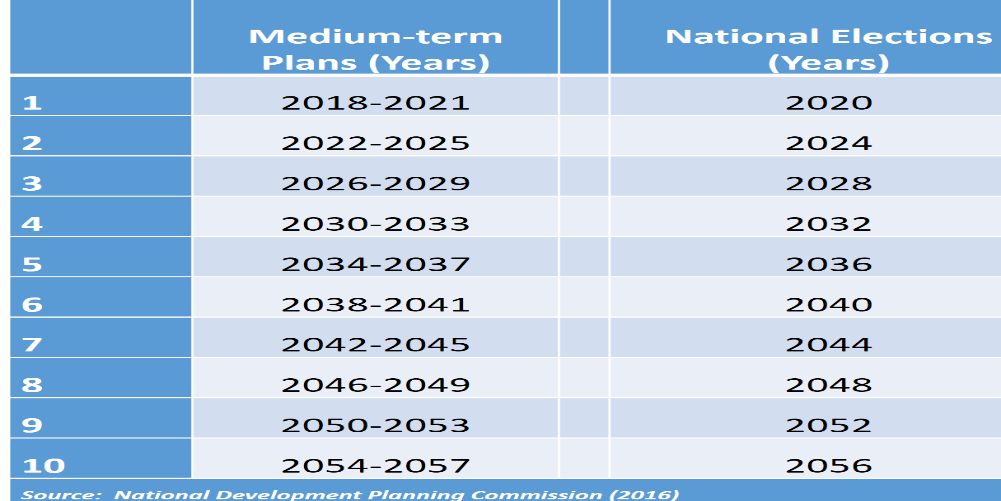
At the heart of modern economic systems lies a deeply ingrained, yet often unquestioned assumption: that competition is virtuous and essential for progress. But beneath this carefully constructed economic narrative lies the reality that much of what is celebrated as a competitive spirit is, in fact, a refined expression of greed.
The relentless drive to outdo one another—whether as individuals, corporations, or nations—has more destructively led to widespread ecological degradation, social inequality, and moral decline.
This culture of competition is often justified through the lens of Darwinian evolution—”survival of the fittest”—a misapplication of biological theory to socio-economic structures. As noted by David Sloan Wilson, an evolutionary biologist, “Economics took the idea of selection and competition and ran with it, but did so in a simplistic and ultimately damaging way” (The Neighborhood Project, 2011). In economics, this has manifested in what Garrett Hardin (1968) famously called the tragedy of the commons, where individual actors, driven by self-interest, overexploit shared resources to the point of collapse.
Economic development framed through such competitive greed inevitably leads to resource depletion and environmental crisis. Countries, under pressure to grow their economies, exploit not only their own natural resources but also engage in a global scramble for what are termed “scarce resources.” This is not merely about efficiency—it is a race to the bottom, marked by extractivism, overconsumption, and imperialistic patterns of trade and control. The environmental damage from such practices is increasingly evident.
As Andy Coghlan reported in New Scientist, quoting Canadian ecological economist William Rees, “we’re already in ‘overshoot’, consuming 30 percent more material than is sustainable from the world’s resources” (Coghlan, 2008). Drawing on the Living Planet Report 2008 by the World Wildlife Fund, Rees highlighted that 85 nations exceed their domestic biocapacity and thus rely on depleting resources from countries with ecological surpluses. This global redistribution of scarcity, driven by greed and cloaked in economic necessity, exposes the hollow core of much of what passes for development.
The United States, in particular, has become the emblem of this excessive consumption. As Coghlan notes, the average North American uses resources equivalent to 9.2 global hectares per capita, while the planet can sustainably support only 2.1 hectares per person. “If everyone on Earth adopted American lifestyles overnight, we would need four extra worlds to supply their needs,” Rees warns. This disconnection between consumption patterns and ecological reality renders the American development model not just unsustainable, but morally indefensible.
Moreover, this model continues to be held up as the ideal by many so-called developing nations, further accelerating the race toward environmental collapse. The problem, then, is not merely one of economic inequality, but of emulated inefficiency and systemic overconsumption. As Naomi Klein observes in This Changes Everything (2014), “our economic system and our planetary system are now at war,” with the former dependent on perpetual growth that the latter cannot sustain.
Thus competition fueled by greed is not a sign of economic vitality—it is a symptom of systemic decay. If humanity is to avert ecological collapse and build a truly just and sustainable world, we must replace the worship of competition with a new ethos grounded in cooperation, stewardship, and responsibility for the common good.
Garbage: The hidden cost of economic ‘development’
One of the most visible and pressing consequences of contemporary economic development is the burgeoning crisis of waste. Modern economies, driven by the engines of consumerism, industrialization, and planned obsolescence, are producing mountains of garbage at an unprecedented scale. Cities around the globe are increasingly overwhelmed by the challenge of waste management, struggling to contain not only everyday refuse but also the more insidious and dangerous byproducts of technological progress—electronic and nuclear waste.
According to the Environmental Protection Agency (EPA), the United States alone generated 292.4 million tons of municipal solid waste (MSW) in 2018, which translates to about 4.9 pounds per person per day (EPA, 2021). A visualization by National Geographic (2017) noted that this amount of waste could fill over 68,000 Olympic-sized swimming pools. Meanwhile, historical data from New York City reveals that its residents produce enough waste each year to bury the entire 843-acre Central Park under 13 feet (4 meters) of garbage—an unsettling testament to the scale of the problem.
This deluge of waste is not just a matter of quantity but of type. Electronic waste (e-waste), containing toxic materials like mercury, cadmium, and lead, is piling up rapidly due to shortened product life cycles and consumer demand for the latest gadgets. According to the Global E-Waste Monitor 2020, the world generated 53.6 million metric tons of e-waste in 2019, but only 17.4% of it was officially documented as properly collected and recycled. Nuclear waste, another byproduct of our “advanced” economies, remains hazardous for tens of thousands of years, with no universally agreed-upon strategy for long-term disposal (World Nuclear Association, 2023).
The root of the waste problem lies in the logic of modern consumerism and economic growth. As The Guardian pointed out, “advertisers help us to answer needs we never knew we had,” encouraging a perpetual cycle of consumption and disposal (The Guardian, 2007). Products are deliberately designed with limited lifespans—a concept known as “planned obsolescence”—to keep economies churning. As new models flood the market under the guise of being “modern,” “better,” and more “developed,” older versions are quickly discarded. Thus, “progress” becomes synonymous with environmental degradation.
This throwaway culture has devastating effects on nature. According to Legambiente, an Italian environmental association, the decomposition timelines for common discarded materials are staggering: glass bottles take up to 1,000 years to break down, plastic bags between 10 and 20 years, aluminum cans around 500 years, and polystyrene foam up to 1,000 years. Even a seemingly trivial item like a cigarette butt can pollute the environment for up to 5 years. Oceans, forests, and even the most remote regions of the Earth are now choked with the detritus of consumerism—microplastics have been found in Arctic ice and in the digestive systems of marine animals.
Greed, competition, and consumerism—celebrated hallmarks of capitalist economic development—are directly responsible for this catastrophe. As environmental philosopher Clive Hamilton argues, “the modern economy is predicated on limitless growth, but the Earth is a finite system” (Growth Fetish, 2003). This unsustainable model, rooted in what Herman Daly calls “uneconomic growth,” not only fails to improve well-being after a certain point but actively worsens social and ecological health (Ecological Economics, 1996).
Bad economic management is the heart of the matter. The current economic model places profit and shareholder value at the center, marginalizing the environment as an externality rather than recognizing it as the very foundation upon which all economic activity rests. If nature were elevated as the primary stakeholder—as proposed in the Value Pyramid of Management (VPM)—then every policy, innovation, and business decision would be judged first by its impact on the Earth. This shift in priority could lead to sustainable production systems, circular economies, and a more respectful stewardship of the planet.
In conclusion, reimagining economic development through the lens of the Value Pyramid of Management offers a promising path forward. By prioritizing nature, society, and human resources, we can create a more holistic and sustainable approach to growth and development. This shift in perspective requires a fundamental transformation in how we think about economics, management, and progress. As we move forward, it’s crucial to recognize that true development is not just about economic growth but about creating a world that is equitable, just, and sustainable for all. By embracing this new paradigm, we can build a brighter future for generations to come.
Please let’s interact: 1 (914) 259-0242

The author is a dynamic entrepreneur and the Founder and Group CEO of Groupe Soleil Vision, made up of Soleil Consults (US), LLC, NubianBiz.com and Soleil Publications. He has an extensive background In Strategy, Management, Entrepreneurship, Premium Audit Advisory, And Web Consulting. With professional experiences spanning both Ghana and the United States, Jules has developed a reputation as a thought leader in fields such as corporate governance, leadership, e-commerce, and customer service. His publications explore a variety of topics, including economics, information technology, marketing and branding, making him a prominent voice in discussions on development and business innovation across Africa. Through NubianBiz.com, he actively champions intra-African trade and technology-driven growth to empower SMEs across the continent?.
The post The Business Strategy Analyst with Jules Nartey-Tokoli: The Value Pyramid: A new approach to management and development (III) appeared first on The Business & Financial Times.
Read Full Story























Facebook
Twitter
Pinterest
Instagram
Google+
YouTube
LinkedIn
RSS